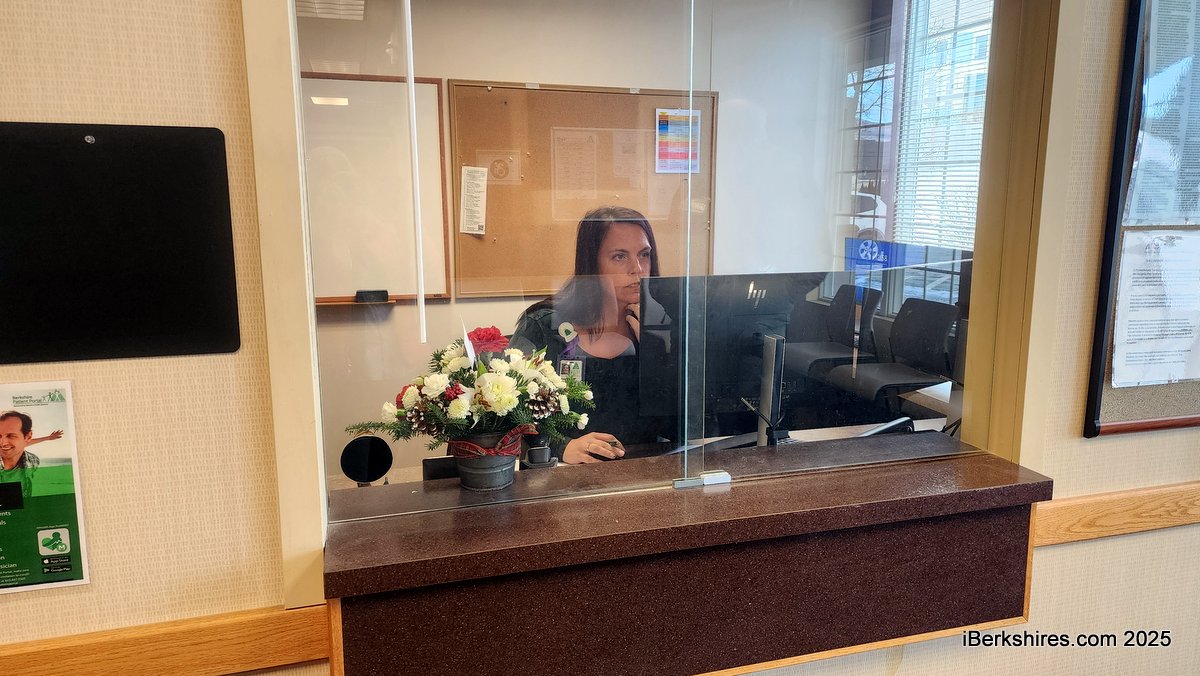Spruces Residents Worried About Their Unknown Future
|
|
WILLIAMSTOWN, Mass. — Displaced Spruces resident Donna Bishop is in the middle of repairing her home to either sell or move back in. But now with the town's grant application to demolish the park, she's "stuck."
"I cannot sell my place due to what they're doing," Bishop told the Affordable Housing Committee on Tuesday night. "I'm overwhelmed. I don't know what to do."
Like many Spruces Mobile Home Park residents, she's had to deal with the flooding and destruction caused by last year's Hurricane Irene.
Bishop has fought through the court to get electricity back on in her home and began making the needed repairs to get the rest of the utilities. She has spent hours working with the Federal Emergency Management Agency and had scheduled an appointment to have TechnoPosts installed, which she has since canceled.
"I really want to go back," Bishop said.
She isn't the only resident worried about the proposal announced two weeks ago to demolish the park and build affordable housing elsewhere. Margaret Harwood is back in her home but with the federal grant only covering a portion of what will be needed to construct a new housing community, she wants to know where she is supposed to go when the park is closed if an alternative isn't built by then.
"Where are we going to go?" Harwood said, adding that with pets it is difficult to find affordable rental units. "I'll sleep on the streets rather than get rid of one of my animals."
The Affordable Housing Committee members say they won't allow any of those residents be put out on the streets but answers to their questions, they don't have.
"There are a lot of unanswered questions," Chairwoman Catherine Yamamoto said.
Ideally, cottages will be built on the Lowry site off Stratton Road with the help of private developers. The residents of the Spruces will be provided with relocation costs and the ability to move into those cottages and still pay about the same amount in rent.
The committee is confident that the town will receive the grant but the details of the Lowry site development are far from being completed. The residents wanted to know such details as if the cottages will have the same amount of space as their current homes but the committee said it's too early to tell.
"Whatever happens, it isn't going to happen quickly," committee member Van Ellet said. "It could take years."
The Lowry property is currently the front runner for development but there are others still being examined, according to the committee. Use of the land is already facing debate among agriculturalists who see it as a net loss of conserved space.
The committee is fairly certain the park will be closed eventually but, as it was when Hurricane Irene hit more than a year ago, the future of the Spruces residents is still unknown.
But they are not the only residents the Affordable Housing Committee is examining. It has been tasked with addressing the town's shortfall of affordable housing that existed even before the storm.
On Tuesday, the committee agreed to accept a bid from John Ryan, of Amherst, to perform a study of the town's housing stock. Ryan performed a study of the housing stock 12 years ago, finding a lack of affordable housing. His results were incorporated into the master plan with the goal of increasing the amount.
"My guess is the demographics haven't changed that much in 10 years," Yamamoto said, but grant funding requires updated studies.
The committee had not seen the price but agreed to accept the bid as long as it was under the allocated $25,000. Ryan was the only bid.
"If we're only going to get one response, we're lucky it was his," Yamamoto said.
Tags: affordable housing, conserved land, housing survey, Irene, Spruces,

















